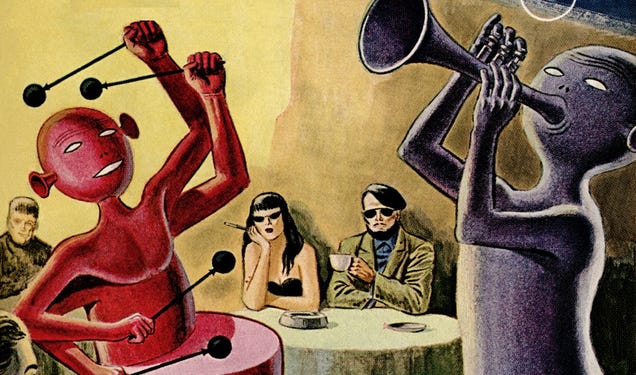
Book doctors don't want you to read this advice!
They don't want you to know about this foolproof advice for reducing
the excess verbiage in your novel (or short story). But I'm going to
share it with you, for free.
Revising
a work of fiction can be a nightmare, especially if your story has a
lot of sprawl and a lot of passages that just go on a little too long.
You've already cut the extra scenes. You've already "killed your
darlings" (more on that in a moment). You've eliminated the obvious
extra baggage. But you're still running too long, and too draggy.
In
a minute, I'll tell you the sure-fire trick for cutting the extra stuff
out of your story or novel. But first I want to talk to you about
writing.
Most writers are part hack, part dreamer.
Structure
often comes from the "hack" part of your brain, leaps and surprises and
vividness come from the "dreamer" part of your brain. (This is
something that's been occurring to me a lot lately, but it's also
similar to stuff Michael Piller says in Fade In, his book on the writing of Star Trek: Insurrection.)
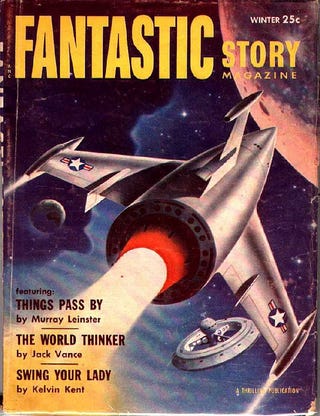
You
can't make a story work without some hackwork along the way: This
didn't work, so what if we bridge these two sections with a section
where this happens instead? What if instead of this scene that doesn't
work, we add a scene that sets up an important development later on?
It's not the pure "flow" of invention, it's the part where you're trying
to patch together stuff that doesn't quite fit on its own.
And
often, the clutter and extra baggage in your story comes from these
workarounds. (Sometimes, it comes from things that made sense to the
"dreamer" part of your brain, too. But that's often easier to spot, and
cut.) Sometimes if your text becomes just a mass of connective tissue
and kludged-together solutions to problems, your only choice is to go
back and dream up a whole new section, scrapping everything you cobbled
together.
Otherwise, your story will just start to feel like a mass of workarounds.
Should you kill your darlings or marry them?
We
can't really talk about cutting excess prose without mentioning the
maxim "Kill your darlings." This is probably the second most oft-quoted
piece of writing advice, after "Write what you know."
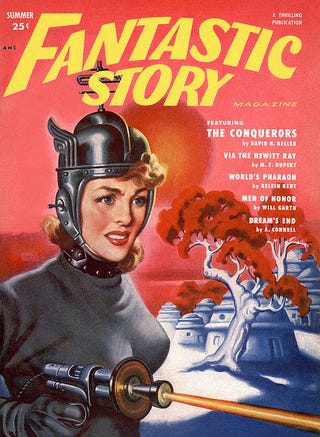
And
most of the time, killing your darlings is easy but painful. This adage
refers to the stuff that you love because it makes you feel clever or
brilliant, or witty, but it doesn't actually move the story forward. And
maybe it actually doesn't make sense at all, but you wanted to keep it
in because you love it so much.
This
stuff tends to stick out like a lemon tree in an apple orchard, so it's
easy to cut. And chances are, you've already cut this stuff before
you've reached the "there are too many words and things are draggy"
problem — because if you've shown your work to anybody, they probably
let you know the sections that were obviously wrong.

But
I want to offer one idea about killing your darlings: sometimes you
should marry them instead. That is, if the part of the story that you
love the most, or that is the most fascinating or wonderful in your
mind, doesn't fit the story, maybe it's the story that is wrong. Maybe
the "darling" is actually what the story should be about, instead of
this less-interesting thing you've inserted as the centerpiece. Just a
thought.
OK, so here's that weird tip for cutting things
Are you ready? Here's the surefire advice for cutting without hitting muscle or bone: outlining. Specifically, keep outlining until it hurts. Outline things you've already rewritten a ton. Outline backwards. Do micro-outlines of every scene that's not working.
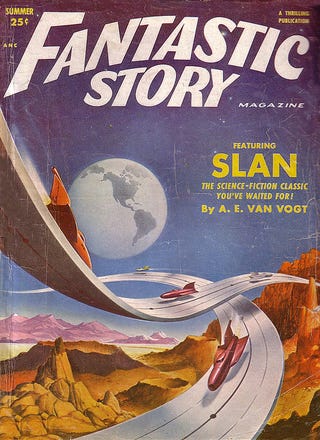
The
magic of outlining something you've already written and rewritten is,
you can see where the actual beats are, and get a rough sense of just
how much space each of the beats needs to have. (Not that pacing is an
exact science, of course. Quite the reverse.) Outlining and re-outlining
lets you see where you might have jumped a groove or had someone behave
illogically, and also where you're repeating steps.
And
outlining backwards is magic. Start with the end, and then put
"because" after that, and keep going back. This happens because this
happens, because that other thing happens, and so on, back to the
beginning. If you can't stick a "because" between two things that are
supposedly causally linked, that's a bad sign.
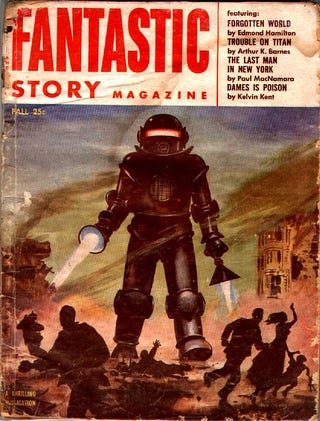
But
micro-outlining is really a great tool as well, and one I've gotten
kind of addicted to. You can outline a chapter, breaking it down into
scenes that absolutely need to happen, and that might let you see where
you can combine two scenes that overlap a lot. You can also outline a
scene, listing every single thing that has to happen, big or small, in
that scene.
Outlining
can be a big help while you're writing your first draft and trying to
see the road ahead — but sometimes it can be just as useful for things
that you've gotten sick of rewriting and need to see afresh.
The Talking Heads had it right
The best writing advice in the world comes from the Talking Heads: "Say something once, why say it again?"

Comments
Post a Comment